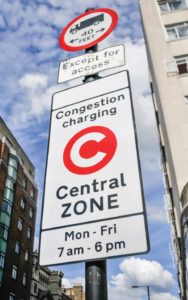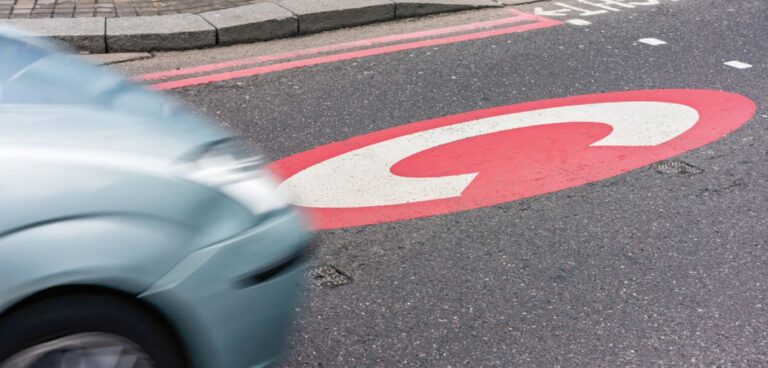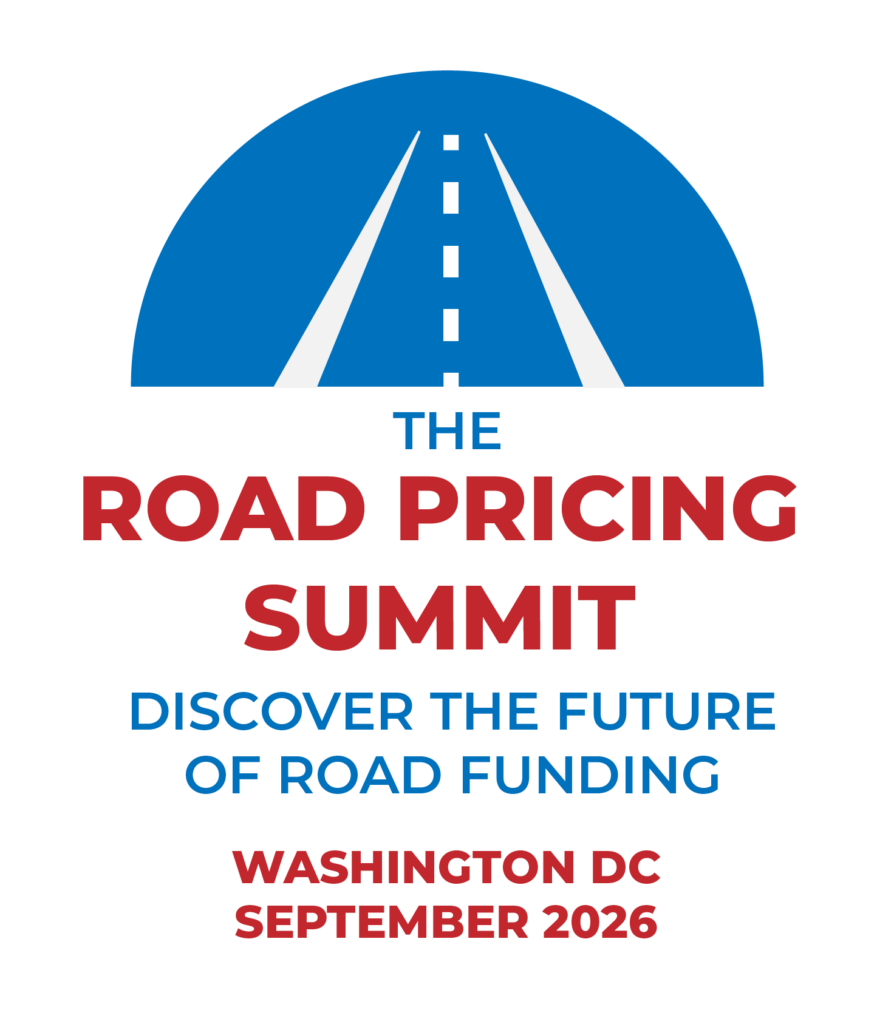The saga of negotiations between central government and the mayor of London on the funding of Transport for London has brought to the fore a long-debated concept – road pricing, writes Silviya Barrett…
Academics and policy experts have promulgated the benefits of charging drivers for road use directly for decades. It promotes more sustainable modes of travel, an uptake of cleaner vehicles and can reduce traffic congestion and air pollution, thus improving the public realm for all road users. It also raises revenue to fund road maintenance and sustainable transport alternatives on affected routes. However, additional charges for driving are never popular, and politicians have struggled in the past to gain public support for such schemes.
So far, London remains the only UK city to have introduced road pricing schemes. It has had the Congestion Charge (CC) since 2003 and the pollution-based Ultra Low Emission Zone (ULEZ) since 2019, both in central London. The latter is due to be expanded to the North and South Circular Roads in October this year.
Like most public transport providers, Transport for London (TfL) revenue has been severely diminished during the coronavirus pandemic. The government has required a fundamental review of its financing arrangements and made a number of specific ‘demands’ in exchange for funding, including changes to the CC and concessionary fares. These were eventually omitted from the final agreement – for now.
TfL’s first financial package in May 2020 already required TfL to increase the daily charge and hours of its hours of operation. This was reasonable, as the CC’s basic terms had remained unchanged for years and changing travel patterns had led to increasing congestion at weekends and in the evenings.
 The negotiations for a second tranche of funding included a requirement to expand the Congestion Charge Zone to the expanded ULEZ boundary. The terms of reference for the government’s financial review of TfL already included options for more fundamental “changes to road user charging schemes”. But given that the existing CC is already fraught, why the government has been suggesting its extension is frankly perplexing.
The negotiations for a second tranche of funding included a requirement to expand the Congestion Charge Zone to the expanded ULEZ boundary. The terms of reference for the government’s financial review of TfL already included options for more fundamental “changes to road user charging schemes”. But given that the existing CC is already fraught, why the government has been suggesting its extension is frankly perplexing.
The extension would have captured an additional half a million journeys a day. Drivers would have been charged £15 a day – whether they were making a 20-mile round trip to visit friends, or a two-mile journey taking an elderly relative to a hospital appointment – those driving more polluting vehicles would pay an additional £12.50 under the ULEZ. Such blunt tools are inherently unfair.
What is the alternative?
There is a fairer alternative for Londoners, one that is within easy reach – a distance-based charge, which varies by type of vehicle, time of day and the alternatives available. Put simply, if you drive a polluting vehicle at peak times in inner London, you’d be charged more than if you drive a zero-emission vehicle outside of peak times in areas with poor public transport connectivity.
The technology is already available and issues like privacy can be addressed relatively easily. It would improve traffic f low for all road users and air quality for residents. Instead of batting back continued government’s demands, mayor of London Sadiq Khan should take this opportunity to fast-forward a smarter, fairer and more ambitious distance-based scheme, which was already proposed in his long-term transport strategy. Introducing it in London would provide helpful lessons for other UK cities to consider road pricing as an option.
National road pricing
Central government would be well advised to reconsider a national road pricing scheme too. With revenue from Vehicle Excise Duty and fuel duty set to decline further with improved fuel efficiency and cleaner vehicles, the Treasury should be looking at alternative systems for vehicle taxation. A variable distance-based charge would account for different levels of vehicle emissions as well as different types of roads, helping to plug the hole in projected revenue.
Crucially, local and national schemes could exist in parallel but are two distinctly different propositions. Local road pricing schemes by law can only be set as mitigation for congestion and pollution, with revenue collected by local authorities and reinvested in transport infrastructure. On the other hand, a national scheme on the Strategic Road Network, with rates set by the Treasury, would be purely revenue raising towards general taxation and replacing the existing system.
Upcoming Spending Reviews, albeit now for a one-year period, can take the first step and commit to a review of incentives and taxation related to road transport, with a trajectory for future reforms.
Incoming charges
Motorists in Britain could be charged for every mile they drive on the country’s roads under plans reportedly being considered by the UK government. Chancellor of the exchequer Rishi Sunak is said to be considering the move in order to make up a £40bn tax shortfall caused by the rise in popularity of EVs.Road user charging schemes in the UK are currently limited to London’s Congestion Zone, Ultra Low Emission Zone, the M6 Toll in the West Midlands, the Dartford Crossing, and levies on certain tunnels and bridges.
Labour, under the leadership of Tony Blair, abandoned a proposed national road pricing scheme amid anger at drivers potentially being charged up to £1.50 a mile. A petition against the plan reached 1.8 million signatures.
However, Sunak is said to be “very interested” in the concept of a national road pricing scheme, but it’s as yet unclear how the charges would be calculated.UK motorists currently pay 57.95p in fuel duty for each litre of petrol and diesel purchased – a figure frozen since March 2011. This brings in £28bn a year, or 1.3% of national income, according to the Institute for Fiscal Studies, while VAT on fuel and vehicle excise duty also raises money for the Treasury.
London staring into the abyss?
Transport for London (TfL) faces losses of £2bn per year as changes to travel trends threaten the operator, according to a new report by business campaign group London First and professional services consultancy Arup.
Transport in London highlights how the body responsible for the UK capital’s transport network saw passenger numbers and revenue plummet due to the coronavirus pandemic. According to the report, TfL’s revenue model showed signs of strain before Covid-19, but a 65% reduction in tube demand and 44% reduction in bus demand between March and November 2020 hit TfL’s finances hard.
The study therefore proposes possible funding models for TfL once the UK government’s short-term bail out ends and puts forward four possible solutions for consideration that could secure the long-term financial sustainability of TfL.
One recommended option is to replace the Vehicle Excise Duty (VED) with a new model for accessing London’s road network, paid to London government, to ensure that those who drive into the capital pay their fair share for the maintenance of London’s roads.
A similar proposal has been called for by the mayor of London, Sadiq Khan, who said a Greater London boundary charge could be introduced to fund TfL if the capital is not allowed to keep the £500m VED raised in the city each year.
The report also suggests the introduction of smart road pricing. Under this plan the current congestion charge and low-emission zones would be replaced by “a more flexible system that could take into consideration the type of vehicle, distance driven, and time of day”.
Jasmine Whitbread, chief executive of London First, says: “The world of travel is not going back to how it was before the pandemic, and with more working for home on the cards, it is clear that the old model of relying on fares to fund the capital’s transport network is dead.
“A new long-term sustainable funding deal must take into account what a 21st century global capital needs and that must include considering bolder solutions including new road pricing mechanisms and reforming fares.”
This article originally appeared in the February 2021 issue of CiTTi Magazine





